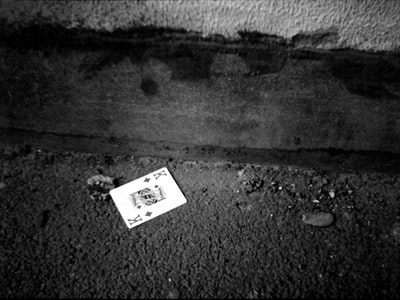
If you plot a graph of potential difference against current you get a straight line which passes through the origin (0,0).
Ohm’s law
Ohm’s law states:
‘The electrical current in a conductor is proportional to the potential difference applied to it provided the temperature remains the same.’
This can be seen in the following formula:
R = V / I therefore V= IR
In which:
- V = potential difference in volts (V)
- I = current in amperes (A)
- R = resistance in ohms (?)
Measuring current and potential difference
Current is measured using an ammeter which must always be connected in series to the relevant component.
The potential difference, on the other hand, is measured using a voltmeter which must always be connected in parallel to the relevant component.
If you measure the current and the potential difference it is then possible to calculate the resistance.
A filament lamp
As the heat of a filament increases the resistance increases. This can be seen illustrated in the graph below.
A diode
Diodes only let current flow in one direction through them and so are said to be forward biased. If the current tries to flow in the opposite direction, or reverse biased, then the diode will not allow it to pass through.
When the diode is reversed biased, if the potential difference is increased it will eventually start to conduct in the reverse direction. This is known as the break down voltage.
Thermistor
If the temperature of a thermistor increases then its resistance decreases. A thermistor is capable of acting as a thermostat: in a circuit it measures and controls the temperature in rooms, fridges and freezers.
Thermistors can have either a positive or a negative temperature coefficient. If it is negative then as the temperature increases the resistance decreases. This is because of the release of extra charge carriers in the thermistor.
Light dependant resistor
The resistance of a light dependant resistor (LDR) decreases as there is an increase of light intensity on it. LDRs are used in circuits in which lights automatically switch on when it becomes darks. One example would be street lighting.





